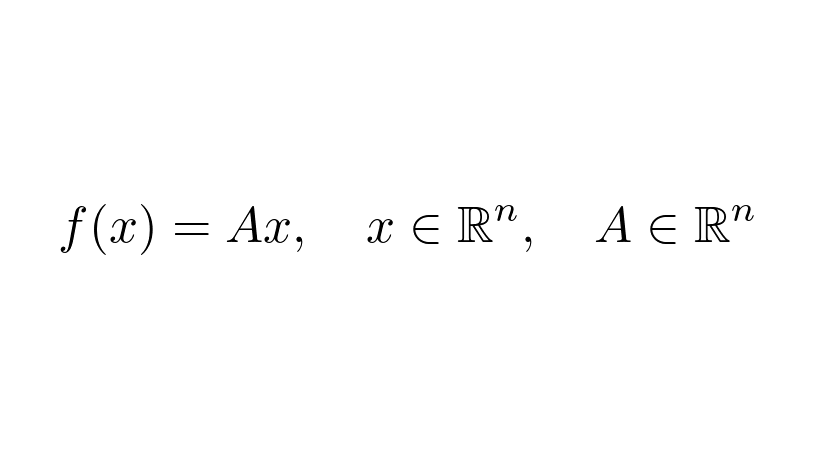
How you play determines who you are.
You might be surprised, but I gained a lot from playing games. Board games, video games, all of them. Playing is a free-time activity, but it can teach a lot about life and work.
This thread is about the most important lessons I learned.
You might be surprised, but I gained a lot from playing games. Board games, video games, all of them. Playing is a free-time activity, but it can teach a lot about life and work.
This thread is about the most important lessons I learned.
1. Taking responsibility for your mistakes.
Mistakes are the best way to learn, but you can do so by taking responsibility instead of looking for excuses. Stop blaming bad luck, lag, teammates, or anything else.
Be your own critic and identify where you can improve.
2/8
Mistakes are the best way to learn, but you can do so by taking responsibility instead of looking for excuses. Stop blaming bad luck, lag, teammates, or anything else.
Be your own critic and identify where you can improve.
2/8
2. Actively focus on improvement.
Contrary to popular belief, "just doing it" is not an effective way to learn. Identifying flaws in your game, setting progressive goals, and keeping yourself accountable relentlessly supercharges the process. Play (work) with purpose.
Contrary to popular belief, "just doing it" is not an effective way to learn. Identifying flaws in your game, setting progressive goals, and keeping yourself accountable relentlessly supercharges the process. Play (work) with purpose.
3. Play to win.
There is a type of player, termed as a scrub, who hinders their ability to win by "self-imposed handicaps". Such handicap is not using certain moves because they label it as cheap and cheesy.
Use every move you can to win, as long as the rules allow them.
There is a type of player, termed as a scrub, who hinders their ability to win by "self-imposed handicaps". Such handicap is not using certain moves because they label it as cheap and cheesy.
Use every move you can to win, as long as the rules allow them.
There is an excellent article on the subject that outlines scrub mentality in detail. Read it, and if you recognize these behavioral patterns in yourself, take action to avoid them in the future.
sirlin.net/articles/playi…
sirlin.net/articles/playi…
4. Teamwork > skill.
A well-coordinated team of mediocre players can almost always beat a team of highly skilled individuals who refuse to cooperate and play together. This is also true in a work setting.
A well-coordinated team of mediocre players can almost always beat a team of highly skilled individuals who refuse to cooperate and play together. This is also true in a work setting.
5. Stop playing if you can't focus.
It is not a shame to stop playing if you are tired or on a losing streak. Forcing it won't make your game better, and it can start a negative spiral. Take the loss, rest, and come back the next day with full force.
It is not a shame to stop playing if you are tired or on a losing streak. Forcing it won't make your game better, and it can start a negative spiral. Take the loss, rest, and come back the next day with full force.
Every time I sit down to play, I do it with purpose. I know what I want to achieve, and I practice until I can do it confidently.
Games taught me how to work. These skills translate to all that I do: writing, coding, content creation.
Play as you work. Work as you play.
Games taught me how to work. These skills translate to all that I do: writing, coding, content creation.
Play as you work. Work as you play.
• • •
Missing some Tweet in this thread? You can try to
force a refresh













